| 400 to 350 million years BC |
The Devonian |
 |
the Old Red Sandstone, which gives the characteristic colour to the local soil, and provides the
stone for the older buildings in the parish |
| 700,000 BC to 8,500 BC |
The paleolithic |
 |
the Paleolithic, the Old Stone age. The later
part of this long period was characterise by a
series of Ice Ages. |
| 8,500 BC to 4,000 BC |
The mesolithic |
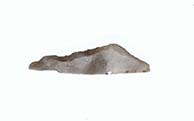 |
After the ice finally retreated, about eight and a half thousand years ago,
humans spread very thinly over the landscape, hunting the animals which grazed on the newly-formed vegetation. |
| 4,000 BC to 2,400 BC |
The neolithic |
 |
The first farmers probably appeared in the area in the neolithic period.
A characteristic tool was the stone axe, like this one found at Harewood End |
| 2,500 BC to 750 BC |
The bronze age |
 |
The first metalworking and the spread of farming settlements |
| 750 BC to 70 AD |
The iron age |
 |
Iron age hill forts and the Dobunni people |
| 70 AD to 400 AD |
The Romano British period |
 |
For 400 years Britannia was a Roman province |
| 410 AD to 1042 AD |
Early medieval |
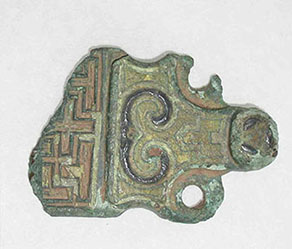 |
the period between the withdrawal of the legions and the accession of Edward the Confessor |
| 1042 AD to 1485 AD |
High medieval |
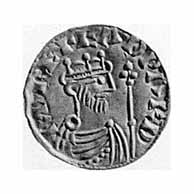 |
Edward the Confessor to Richard III |
| 1200 AD to 1300 AD |
13th century |
 |
Main body of church built; Gillow Manor |
| 1300 AD to 1400 AD |
14th century |
 |
churchyard cross and west tower built |
| 1700 AD to 1850 AD |
post-medieval agriculture |
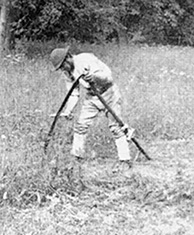 |
agriculture in the 17th and 18th centuries |
| 1800 AD to 1900 AD |
19th century |
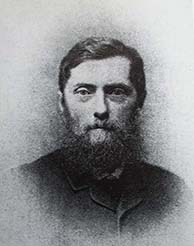 |
Seddon's restoration 1853 |
| 1800 AD to 1900 AD |
19th century |
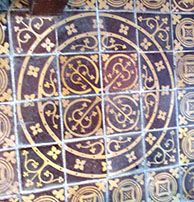 |
The chancel tiling 1865 |
| 1900 AD to 2000 AD |
20th century |
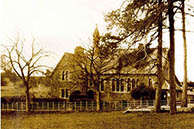 |
oral history; village and church life during and after World War II |